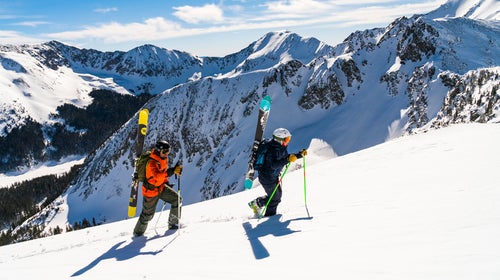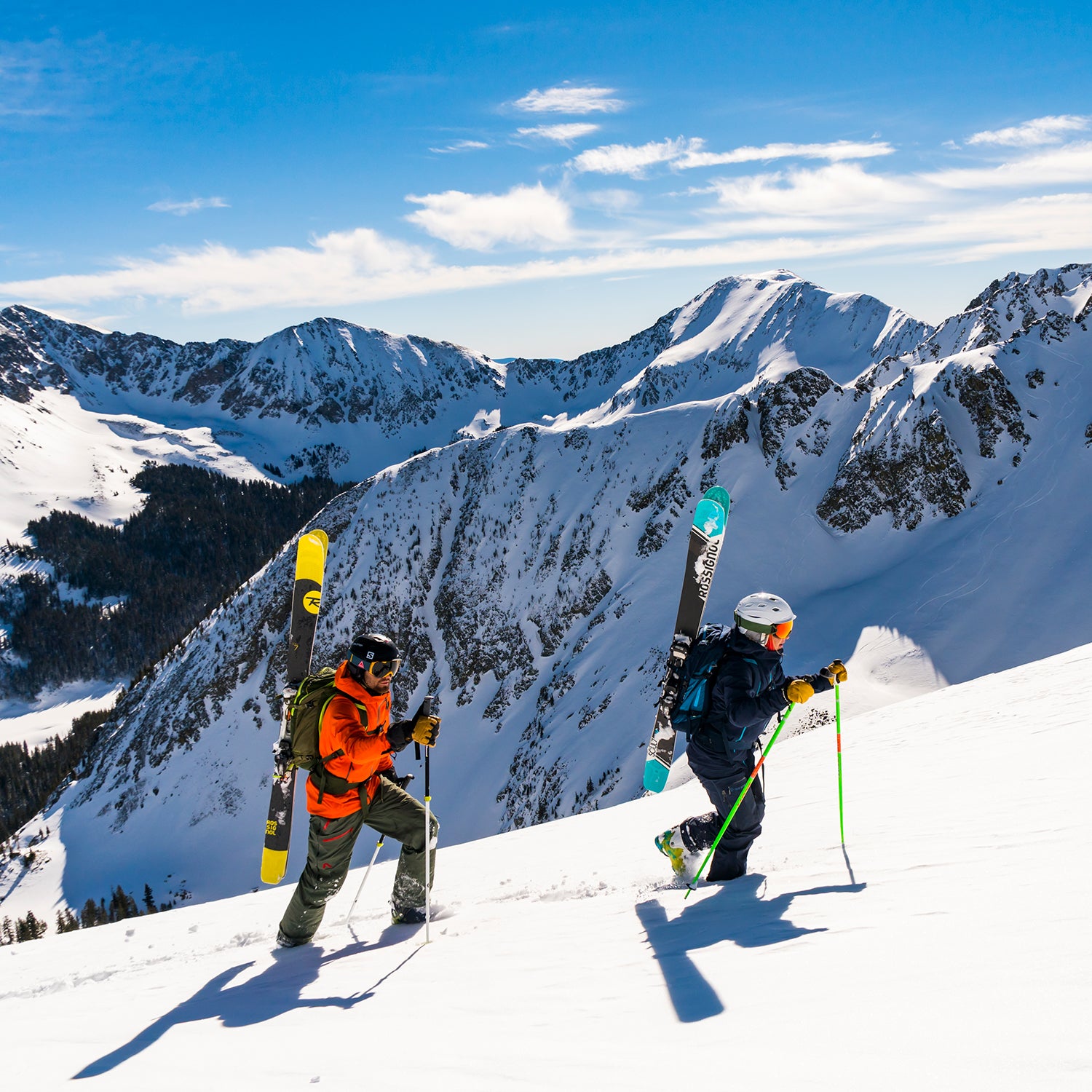Skiing is a gear-intensive sport. Not only do you need lots of stuff, you also need the right stuff. Making sure you have items suited for you—warm gloves, a jacket that’ll stay dry, goggles that won’t fog, skis that match your ability—will help you have a good time.
You can always start by renting gear if you’re not ready to purchase your own. Most ski resorts have an on-site rental shop, where staff will set you up with proper skis, boots, and poles. Rental shops work fine for novice skiers spending the day on beginner terrain (trails identified by a green circle). But if you’ve got some ski days under your belt and you’re looking to advance to more intermediate-level slopes, you might want a higher-end ski, so look for a demo shop at the base area that will carry a wider variety of all-mountain skis suited for intermediate to advanced skiers.
A lot of rental shops also loan out helmets, and a select few rent apparel like outerwear and gloves (ask before you head to the hill if you don’t have those items). Some ski shops also offer season-long rentals, so if you’re planning on skiing frequently, ask about renting a pair of planks for the entire winter.
Or let’s say you’ve done the rental thing and you’re ready to invest in your own setup. Good for you. We’ve curated a list of all the items you’ll need.
Skis and Bindings
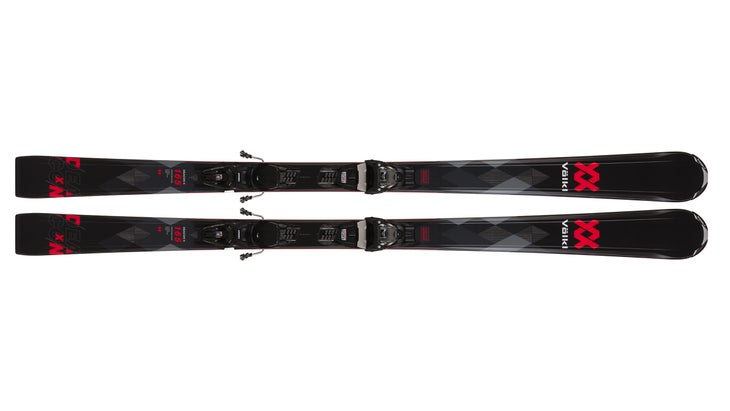
You want a ski that’s forgiving and can handle all-mountain terrain. If you’re a newbie, search for a ski-binding system (meaning the bindings come preinstalled on the skis) so you don’t have to worry about purchasing bindings separately. Aim for a ski that’s less than 100 millimeters underfoot. (You shouldn’t need anything wider than that for groomed runs.) The ($499) comes preinstalled with bindings and in lengths of either 165 or 172 centimeters. For women, the beginner-friendly is available in even shorter lengths. Ski length is a personal measurement, but generally, the shorter your skis, the easier they’ll be to turn, so look for a ski that tops out between your chin and your forehead.
Boots
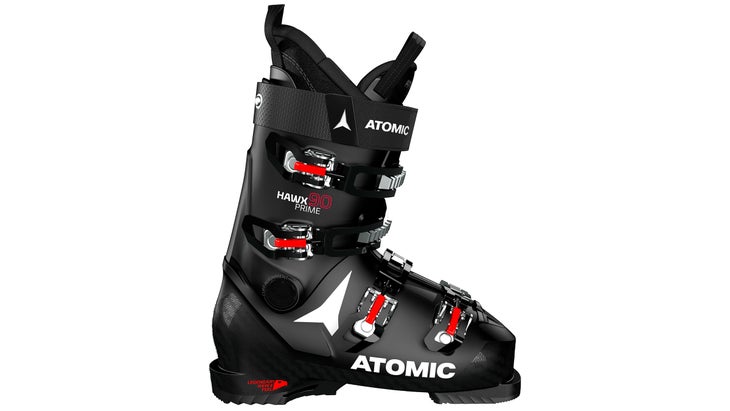
With boots, comfort is key. We recommend sticking your ski-sock-clad foot into as many boots as possible at a shop until you find one that feels good. Some people have narrow feet, or wide feet, or weird bumps and bunions, and the only way to really know how a boot feels is to try it on. Look for a boot that’s got a 90 flex rating or softer—that means it’ll be easier to put forward pressure onto the front of the boot, even if you’re just getting started skiing. ($425) for men or ($425) for women are good options for beginners. They both feature a 100-millimeter last—which is the width of the boot, so it’s not too wide but not too narrow—with a medium fit that works for most foot widths and offers walk-around comfort without sacrificing control and stability.
Poles
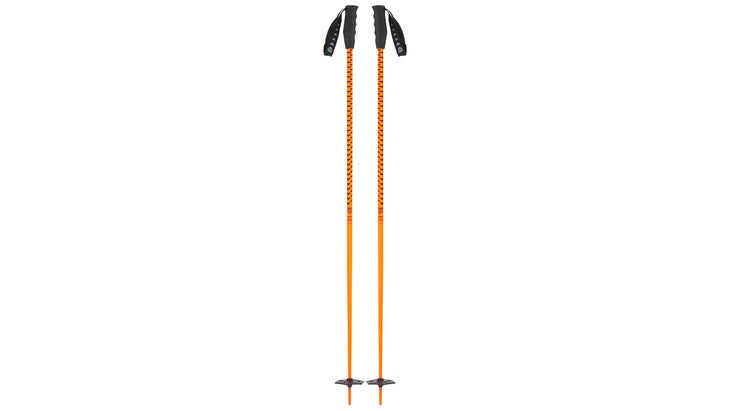
Your ski poles don’t need to be fancy. Any old aluminum pole from a thrift store, yard sale, or rental shop will get the job done. Look for a pole that’s sturdy, affordable, and the right length for you. To figure out the right length, flip the pole upside down and hold it just under the basket, alongside your body. Your elbow should be at a 90-degree angle. The ($50) is built from tough aluminum alloy that won’t break when you bang snow off your boot, and it has a nice rubber grip and an easy-to-use strap. The best part? They’re not super pricey, and they come in fun colors like neon pink and turquoise, so you can quickly spot your poles on the rack outside the lodge after your midday break.
Gloves
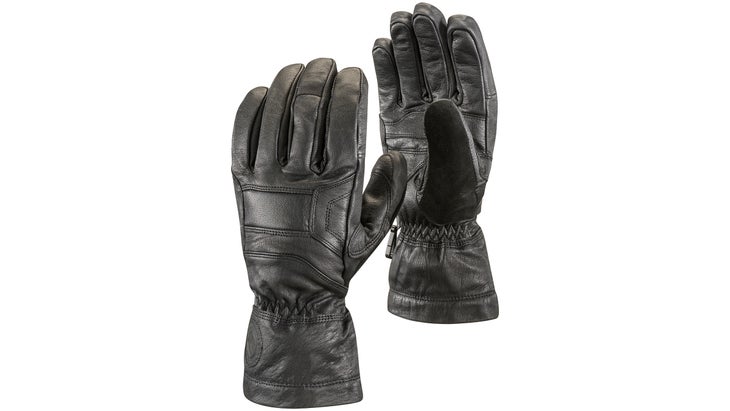
This is one product that’s worth investing more money in up front. If you buy cheap gloves from the hardware store or grocery store, your hands will be cold and wet in no time. Instead, spring for a pair of warm, quick-drying leather gloves that’ll keep you out there and comfortable all day, no matter the weather. The ($90) are all-leather goatskin gloves with a toasty fleece lining. They’re durable enough to become your do-everything winter glove, too: use them to shovel snow, walk the dog, whatever you need. If your hands are always cold, consider a mitten or, better yet, a hybrid mitt-glove like the ($90) which have the warmth of mittens but the dexterity of gloves, so you can still grab onto things.
Helmet and Goggles
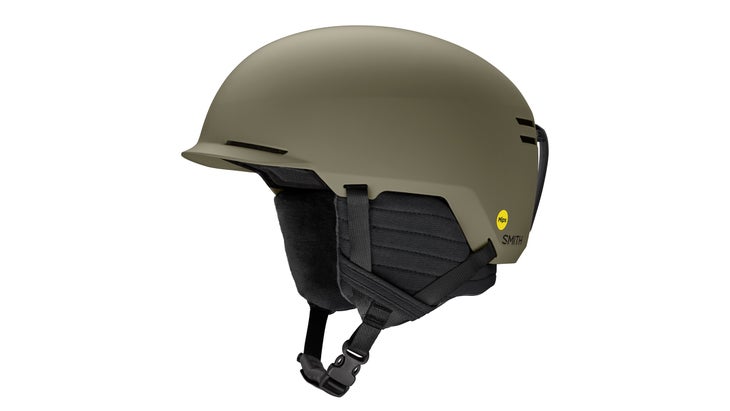
Any helmet is better than no helmet. And protecting your head from bumps and collisions is key, whether you’re a beginner or an expert. Look for a helmet with MIPS or a similar technology designed to reduce rotational forces to the brain caused by angled impacts. Beyond that, choosing the right one is about size and comfort for your head. If you run hot, try a helmet with lots of vents. If you have a narrow noggin, you’ll want one that fits snug and won’t jostle around. And while you can certainly buy a helmet and goggles from different companies, the benefit of purchasing both from the same brand is they’re designed to fit together, so you won’t wind up with that telltale gap on your forehead. We like Smith’s new ($85 without MIPS, $105 with MIPS), and it pairs nicely with the brand’s or goggles (from $40), which are affordable but still have the fog-free, sun-protecting lens technology you need.
Jacket and Pants
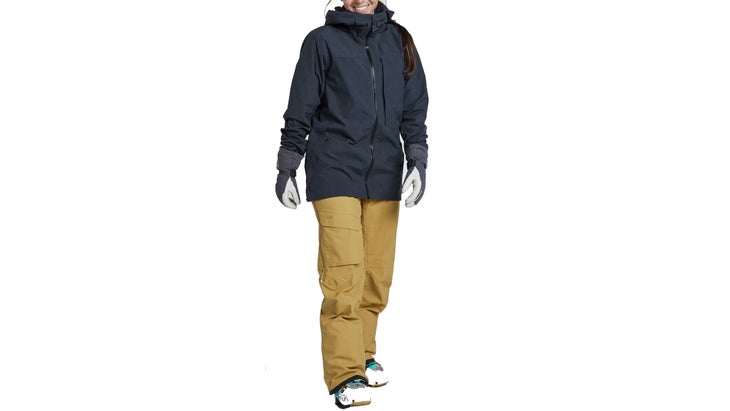
You don’t have to spend $500 to find a versatile, trusted ski jacket. Go for a more affordable two-layer shell (versus a higher-end, pricier three-layer fabric) and you’ll still get something sufficiently waterproof and breathable for stormy days on the mountain. The ($299) for men or the ($299) for women are reasonably priced and will last you season after season. Opt for a ski jacket that you like and you’ll wear it off the slopes, too. The debate is personal when it comes to ski pants or bibs, but bibs are popular among skiers these days for a reason: they’re comfortable, offer more protection on powder days, and come with plenty of pockets for storing all your stuff. ($299) or ($299) complete the look.
